Learn about Feline Immunodeficiency Virus FIV symptoms, transmission, and treatment. Discover 5 critical warning signs every cat owner should recognize to protect their pet’s health.
Table of Contents
Feline Immunodeficiency Virus (FIV) is one of the most misunderstood yet significant health conditions affecting cats worldwide. Often referred to as “feline AIDS,” this retrovirus weakens your cat’s immune system, making them vulnerable to secondary infections and health complications. While an FIV diagnosis might sound frightening, understanding what is FIV in cats and recognizing the early warning signs can help you provide the best possible care for your feline companion.
Recent studies show that FIV affects approximately 4.7% of cats globally, with prevalence rates ranging from 2.5-5% in healthy North American cats. However, rates can reach 15% or higher in sick cats or those at high risk. Despite these statistics, many cat owners remain unaware of this condition until their pet shows advanced symptoms.
This comprehensive guide will explore the five most serious signs of FIV, help you understand how cats contract this virus, and provide essential information about managing this condition. Whether you’re a new cat parent or an experienced feline enthusiast, this knowledge could be crucial for your cat’s long-term health and wellbeing.
Understanding What is Feline Immunodeficiency Virus FIV
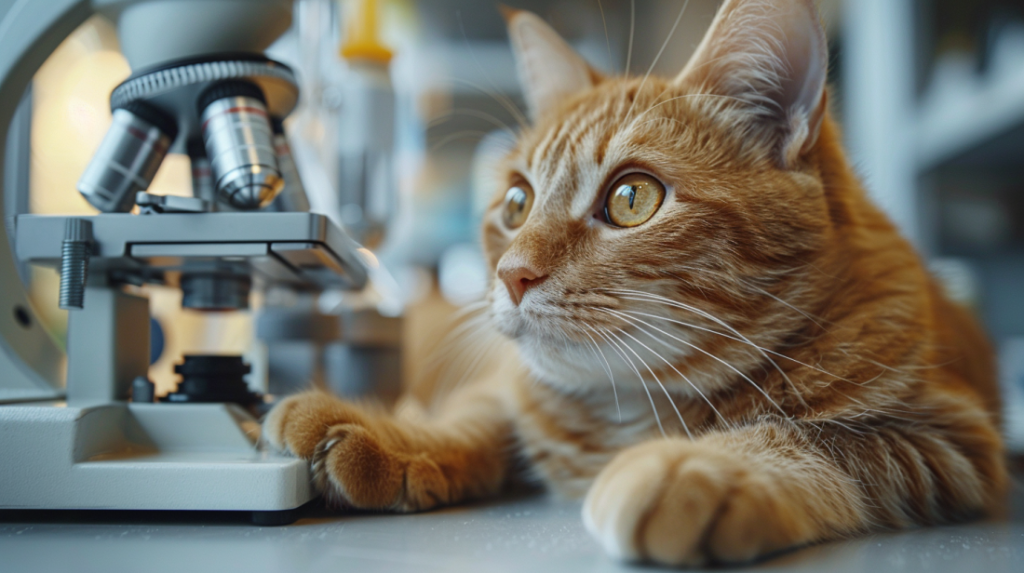
What is FIV in Cats
The Science Behind Feline Immunodeficiency Virus
Feline Immunodeficiency Virus is a retrovirus that specifically targets and weakens a cat’s immune system. Similar to HIV in humans, FIV attacks the white blood cells responsible for fighting off infections and diseases. However, it’s crucial to understand that FIV only affects cats and cannot be transmitted to humans or other animals.
The virus belongs to the lentivirus subfamily, characterized by its slow progression and long incubation period. This means that infected cats may not show symptoms for months or even years after initial infection, making early detection challenging without proper testing.
FIV Subtypes and Global Distribution
FIV exists in multiple subtypes distributed across different geographic regions. Subtype B is the most commonly observed strain in North America and Europe, while other subtypes show varying prevalence rates worldwide. Understanding these variations helps veterinarians develop targeted treatment approaches based on regional infection patterns.
How Do Cats Get FIV:
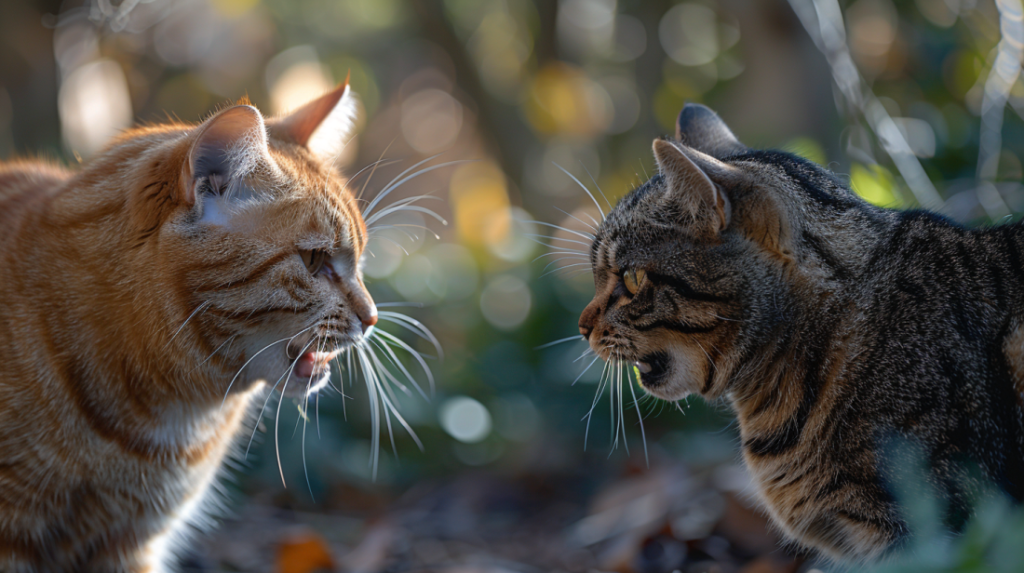
Primary Transmission Method: Aggressive Encounters
The primary mode of transmission for FIV is through bite wounds from an infected cat. When an FIV-positive cat bites another cat, the virus present in their saliva enters the bloodstream through the wound. This explains why outdoor cats, particularly unneutered males who engage in territorial fighting, face higher infection risks.
Debunking Common Transmission Myths
Contrary to popular belief, casual, non-aggressive contact does not typically spread FIV. Cats cannot contract the virus through:
- Sharing food and water bowls
- Using the same litter box
- Mutual grooming
- Playing together
- Living in the same household (without aggressive encounters)
Less Common Transmission Routes
While bite wounds represent the primary transmission method, FIV can also spread through:
- Mother-to-kitten transmission: Infected mothers can pass the virus to their offspring during birth or through nursing, though this occurs less frequently than bite transmission
- Blood transfusions: Extremely rare in modern veterinary practice due to proper screening protocols
- Sexual transmission: Possible but uncommon, especially in spayed and neutered cats
🐾 FIV Symptoms and Warning Signs
| Symptom Category | Specific Signs | Severity Level | Stage of Progression | Action Required |
|---|---|---|---|---|
| Immune System | Recurring infections, slow healing wounds | Critical | Advanced Stage | Immediate veterinary care |
| Oral Health | Severe gingivitis, tooth loss, mouth ulcers | Critical | Intermediate/Advanced | Dental evaluation needed |
| Respiratory | Chronic upper respiratory infections | Moderate | Intermediate Stage | Monitor and treat symptoms |
| Neurological | Behavioral changes, seizures | Critical | Advanced Stage | Emergency veterinary care |
| Gastrointestinal | Chronic diarrhea, weight loss | Moderate | Intermediate Stage | Dietary management |
| General Health | Lethargy, poor coat condition | Mild | Early/Intermediate | Regular monitoring |
| Skin Conditions | Persistent skin infections, abscesses | Moderate | Intermediate Stage | Topical treatments |
| Eye Problems | Conjunctivitis, eye discharge | Mild | Any Stage | Clean and monitor |
The 5 Most Serious FIV Symptoms in Cats
1. Chronic Upper Respiratory Infections
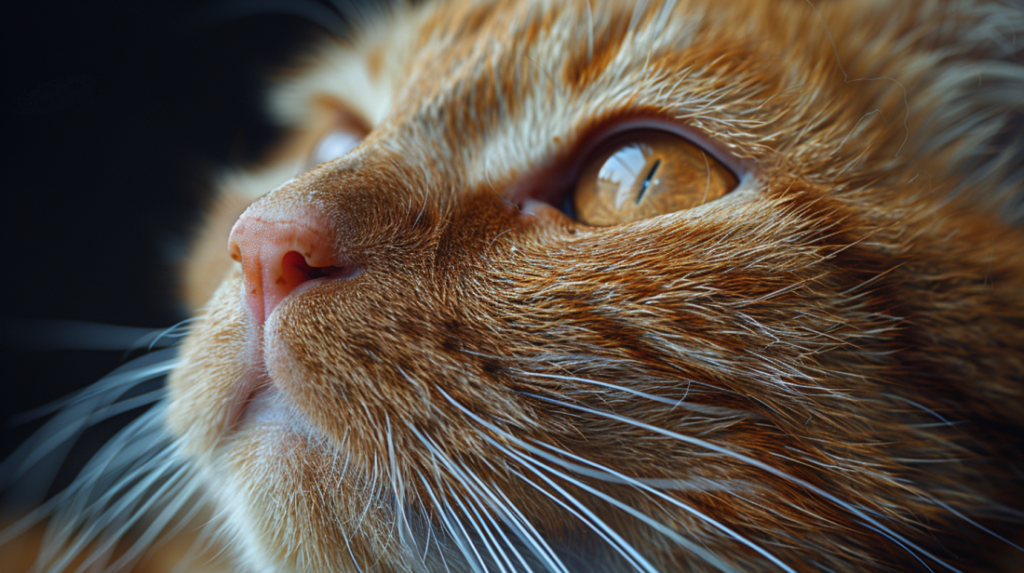
One of the earliest and most persistent signs of FIV involves recurring respiratory problems. FIV-positive cats frequently experience symptoms such as sneezing, runny nose, and ocular discharge that don’t respond well to standard treatments.
What to Watch For:
- Persistent sneezing lasting more than a week
- Thick, colored nasal discharge (yellow or green)
- Watery or cloudy eye discharge
- Difficulty breathing or wheezing
- Frequent “cold-like” symptoms that keep returning
Why This Happens: FIV compromises the immune system’s ability to fight off common respiratory pathogens, allowing normally minor infections to become chronic problems.
Action Steps: If your cat experiences recurring respiratory issues, schedule a veterinary examination including FIV testing. Early intervention can help manage symptoms and prevent complications.
2. Severe Dental and Gum Disease
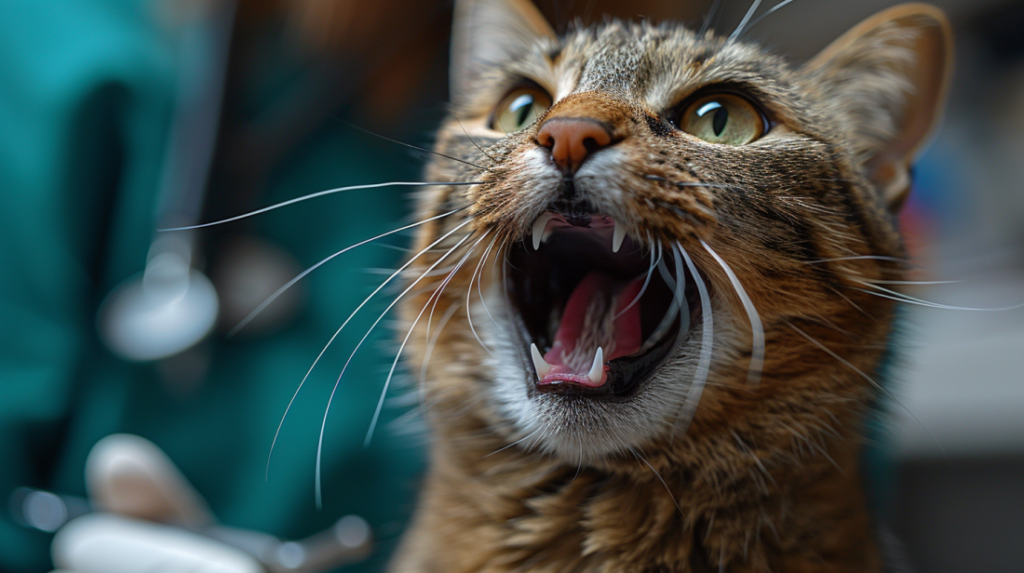
Inflammation of the gums and mouth represents one of the most serious oral health complications associated with FIV. This condition, known as gingivostomatitis, can become extremely painful and interfere with your cat’s ability to eat.
Clinical Signs Include:
- Bright red, swollen gums
- Excessive drooling
- Bad breath (halitosis)
- Difficulty eating or reluctance to eat hard food
- Pawing at the mouth
- Visible pain when opening the mouth
Long-term Impact: Without proper management, severe dental disease can lead to tooth loss, secondary bacterial infections, and significant weight loss due to eating difficulties.
Management Approach: Regular dental cleanings, antibiotic therapy, and in severe cases, tooth extractions may be necessary to maintain your cat’s quality of life.
3. Unexplained Weight Loss and Poor Body Condition
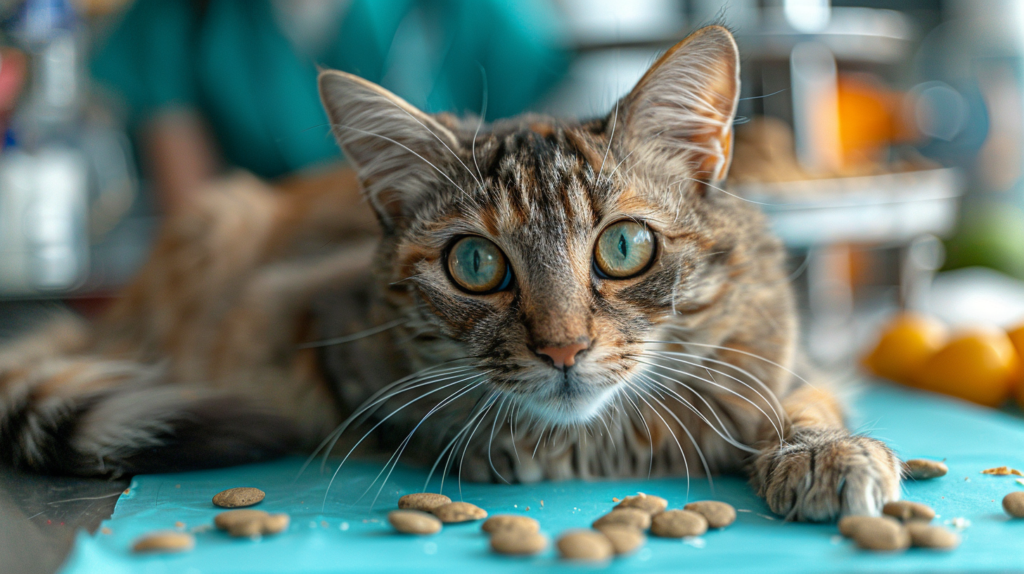
Slow and steady weight loss often accompanies FIV infection, even when cats maintain normal appetites initially. This progressive condition can be particularly concerning because it may go unnoticed until significant muscle mass has been lost.
Warning Signs:
- Gradual weight loss over several months
- Loss of muscle mass, particularly around the shoulders and hips
- Prominent spine or ribs becoming visible
- Poor coat condition with dull, brittle, or unkempt fur
- Lack of appetite or decreased interest in food
Underlying Causes: Weight loss in FIV-positive cats may result from:
- Decreased appetite due to oral pain
- Malabsorption issues
- Increased metabolic demands from fighting infections
- Development of secondary conditions
4. Persistent Gastrointestinal Problems
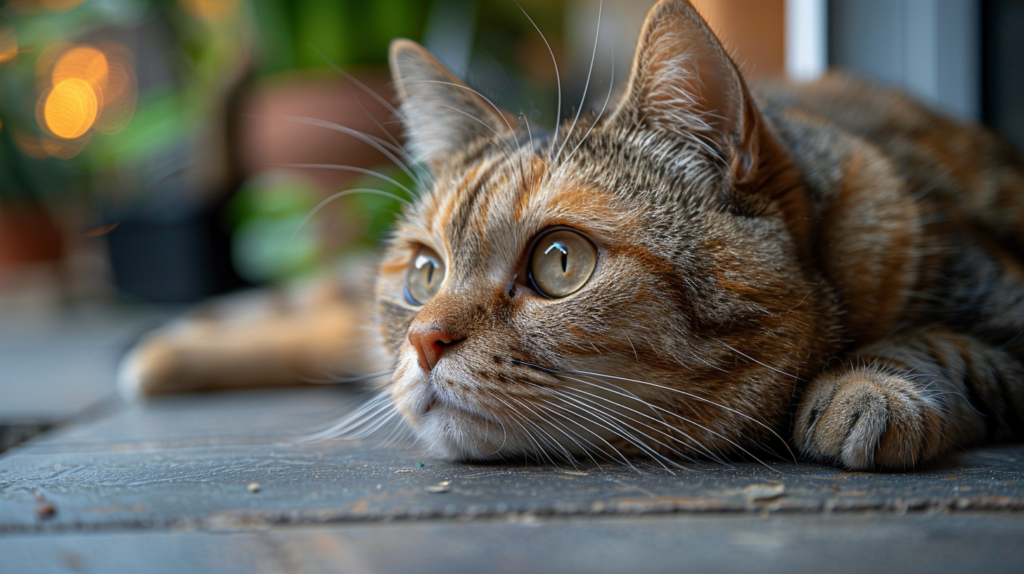
Diarrhea and other digestive issues frequently plague cats with FIV. These problems can range from mild, intermittent symptoms to severe, chronic conditions that significantly impact quality of life.
Digestive Symptoms to Monitor:
- Chronic diarrhea or loose stools
- Frequent vomiting
- Changes in litter box habits
- Unusual urination patterns
- Visible discomfort during defecation
- Blood or mucus in stool
Complications: Chronic gastrointestinal problems can lead to dehydration, electrolyte imbalances, and further weight loss, creating a cycle that becomes increasingly difficult to manage.
5. Development of Secondary Cancers and Blood Disorders
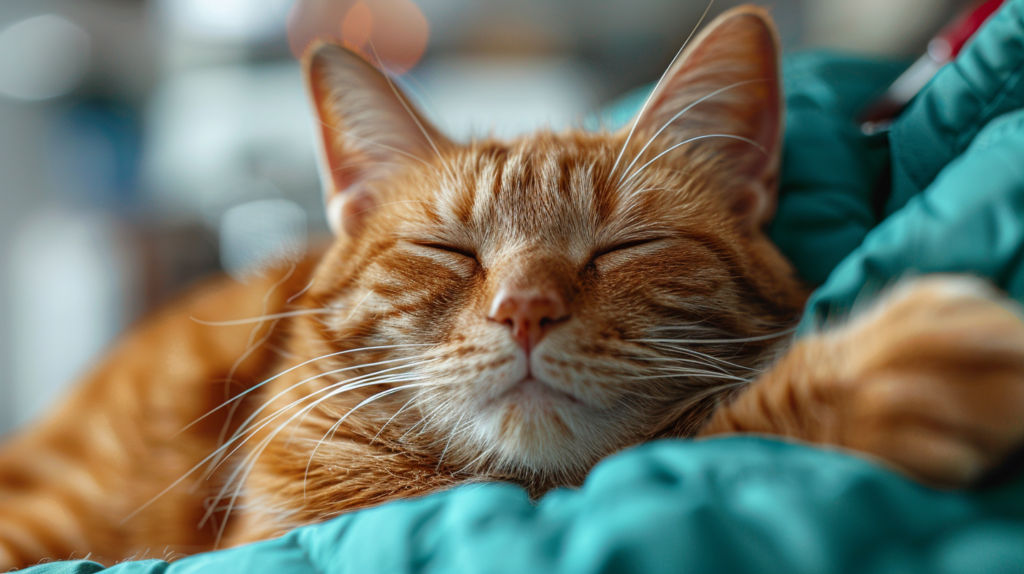
Perhaps the most serious long-term complication of FIV involves the increased risk of developing certain cancers and blood disorders. Many felines infected with the illness end up developing some form of cancer or blood disease.
Common Associated Conditions:
- Lymphoma: FIV-positive animals show a 9.9-times higher risk for developing lymphoma
- Anemia: FIV increases anemia risk by 7.6 times
- Leukemia: Though less common than lymphoma
- Other blood cell abnormalities
Early Warning Signs:
- Lethargy and weakness
- Pale gums or tongue
- Enlarged lymph nodes
- Difficulty breathing
- Loss of appetite
- Unexplained behavioral changes
📊 FIV Disease Progression Stages
| Stage & Duration | Clinical Signs | Immune Status | Care Requirements | Prognosis |
|---|---|---|---|---|
|
Stage 1: Acute Infection
2-4 weeks post-infection
|
|
Initial immune response, virus replication |
Supportive care Monitor for complications |
Often resolves spontaneously |
|
Stage 2: Asymptomatic
Months to years
|
|
Stable immune function, controlled viral load |
Preventive care Regular health monitoring Quality nutrition |
Can remain stable for years |
|
Stage 3: Advanced Disease
Variable progression
|
|
Severely compromised immune system |
Intensive management Frequent veterinary visits Aggressive treatment Quality of life assessment |
Guarded, depends on response to treatment |
The Three Stages of FIV Progression
Stage 1: Acute Infection Phase (2-4 weeks post-infection)
During the initial infection period, some cats may experience mild symptoms resembling a common cold:
- Slight fever
- Mild lethargy
- Swollen lymph nodes
- Minor respiratory symptoms
Many cats show no symptoms during this phase, making early detection challenging without testing.
Stage 2: Asymptomatic Carrier Phase (months to years)
Recent studies suggest that cats with FIV commonly live average life spans during this extended period. Cats appear completely healthy while the virus remains dormant in their system. This phase can last:
- Several months in some cats
- Multiple years in others
- Potentially the cat’s entire lifetime with proper care
Stage 3: Immunodeficiency Phase (variable timeline)
Not all FIV-positive cats progress to this final stage, but those who do experience the most serious symptoms outlined above. The timeline varies significantly based on:
- Individual immune system strength
- Presence of other health conditions
- Quality of veterinary care received
- Environmental stress factors
Diagnostic Testing for FIV
ELISA Testing: The First Step
The enzyme-linked immunosorbent assay (ELISA) serves as the primary screening tool for FIV. This blood test detects antibodies against the virus and can be performed in most veterinary clinics.
Testing Considerations:
- Results available within 10-15 minutes
- High accuracy in adult cats
- May show false positives in kittens under 6 months
- Requires confirmation testing in some cases
Confirmatory Testing Methods
When ELISA results are unclear or unexpected, veterinarians may recommend additional testing:
- Western Blot: More specific antibody testing
- PCR Testing: Detects viral genetic material directly
- Viral Culture: Rarely used due to complexity and cost
Testing Recommendations by Cat Population
Indoor Cats:
- Test before introducing new cats to the household
- Test if planning to allow outdoor access
- Consider testing senior cats with recurring health issues
Outdoor Cats:
- Annual testing recommended
- Immediate testing after known fights or bite wounds
- Pre-breeding testing for intact cats
Shelter and Rescue Cats:
- Testing upon intake
- Quarantine protocols for positive cats
- Re-testing after quarantine periods
Treatment for FIV in Cats: Management Strategies
No Cure, But Manageable Condition
Currently, no cure exists for FIV, but cats can live full, comfortable lives with proper management. Treatment focuses on supporting the immune system and preventing secondary infections.
Comprehensive Care Approach
1. Regular Veterinary Monitoring
- Bi-annual wellness examinations
- Routine blood work to monitor immune function
- Early intervention for emerging health issues
- Dental care to prevent oral complications
2. Nutritional Support
- High-quality, easily digestible diets
- Avoid raw foods due to infection risk
- Nutritional supplements as recommended by veterinarians
- Maintaining ideal body weight
3. Environmental Management
- Strict indoor housing to prevent disease exposure
- Stress reduction through environmental enrichment
- Separate housing from FIV-negative cats during illness
- Clean, sanitized living spaces
4. Medication Protocols
- Antibiotics for secondary bacterial infections
- Anti-inflammatory medications for dental issues
- Supportive medications for specific symptoms
- Regular parasite prevention
Living with an FIV-Positive Cat
Quality of Life Considerations
FIV-positive cats live for an average of 5 years after their diagnosis, but their prognosis can vary greatly. Many factors influence life expectancy and quality:
Positive Factors:
- Early diagnosis and intervention
- Consistent veterinary care
- Indoor-only lifestyle
- Stress-free environment
- High-quality nutrition
Risk Factors:
- Concurrent infections (especially feline leukemia)
- Advanced age at diagnosis
- Poor nutritional status
- High-stress environments
- Delayed medical intervention
Creating a Supportive Home Environment
Physical Environment:
- Comfortable sleeping areas away from drafts
- Easy access to food, water, and litter boxes
- Soft bedding for arthritic joints
- Quiet spaces for rest and recovery
Social Environment:
- Consistent routines to reduce stress
- Gentle handling and interaction
- Patience during illness episodes
- Regular monitoring for behavioral changes
🏥 FIV Management and Care Guidelines
| Care Category | Specific Interventions | Frequency | Cost Range | Priority Level |
|---|---|---|---|---|
| Veterinary Monitoring |
|
Every 6 months | $200-400 | Essential |
| Dental Care |
Critical for FIV cats due to high risk of oral disease
|
Annually or as needed | $300-800 | Critical |
| Vaccination Protocol |
|
Annual | $80-150 | Essential |
| Nutritional Management |
|
Daily | $30-80/month | Essential |
| Environmental Management |
|
Ongoing | Minimal | Essential |
| Parasite Prevention |
Extra important due to compromised immunity
|
Monthly | $15-40/month | Important |
| Secondary Infection Treatment |
|
As needed | $100-500+ | Critical when needed |
Prevention Strategies for FIV
Primary Prevention: Controlling Exposure
The best form of prevention is to keep cats from fighting by keeping them indoors. This approach eliminates the primary transmission route and provides additional health benefits.
Indoor Housing Benefits:
- Eliminates fight-related injuries
- Reduces exposure to other diseases
- Decreases parasite infestations
- Extends average lifespan
Spaying and Neutering
Reproductive surgery significantly reduces aggressive behaviors associated with territoriality and mating, thereby decreasing bite wound risks.
Additional Benefits:
- Reduced roaming behaviors
- Decreased marking and spraying
- Lower stress levels
- Improved overall health
Vaccination Considerations
An FIV vaccine was previously available but is no longer recommended by most veterinary organizations due to:
- Limited effectiveness against all virus subtypes
- Interference with diagnostic testing
- Preference for prevention through behavioral management
Multi-Cat Household Management
Safe Integration Practices
Cats with FIV can live and interact with cats that do not have the virus without concern under normal circumstances. However, certain precautions ensure everyone’s safety:
Household Guidelines:
- Separate feeding areas during illness episodes
- Monitor play sessions for aggressive behavior
- Provide multiple resources to reduce competition
- Maintain up-to-date vaccinations for all cats
When Separation is Necessary
Temporary separation becomes important when:
- The FIV-positive cat develops secondary infections
- Aggressive behavior escalates beyond normal play
- Either cat shows signs of illness
- Veterinary treatment requires isolation
Understanding FIV vs. Other Feline Diseases
FIV vs. Feline Leukemia (FeLV)
While both conditions affect the immune system, key differences exist:
| Aspect | FIV | FeLV |
| Transmission | Primarily bite wounds | Casual contact, grooming |
| Progression | Slow, may remain dormant | Usually progressive |
| Lifespan Impact | Often normal with care | More significantly shortened |
| Household Risk | Low with normal interaction | High contagion risk |
FIV vs. Upper Respiratory Infections
Distinguishing FIV-related symptoms from common respiratory infections:
FIV-Associated Respiratory Issues:
- Chronic, recurring nature
- Poor response to standard treatments
- Associated with other immunodeficiency signs
- Progressive worsening over time
Common Respiratory Infections:
- Acute onset with clear trigger
- Responsive to appropriate treatment
- Self-limiting in healthy cats
- Isolated symptom presentation
Economic Considerations of FIV Care
Initial Diagnostic Costs
Testing Expenses:
- ELISA screening: $25-50
- Confirmatory testing: $50-150
- Complete blood panel: $75-200
- Additional diagnostics as needed: Variable
Ongoing Management Costs
Regular Care:
- Bi-annual examinations: $100-200 each
- Routine blood work: $150-300 annually
- Dental cleanings: $300-800 as needed
- Medications: $20-100 monthly
Emergency Care:
- Secondary infection treatment: $200-800
- Hospitalization for complications: $500-2000
- Cancer treatment (if applicable): $1000-5000+
Insurance and Financial Planning
Pet Insurance Considerations:
- Pre-existing condition limitations
- Coverage for chronic conditions
- Annual limits and deductibles
- Wellness plan benefits
Financial Planning Tips:
- Establish emergency veterinary fund
- Research low-cost clinic options
- Consider pet insurance early
- Discuss payment plans with veterinarians
Research and Future Developments
Current Research Directions
Immunomodulatory Treatments:
- Interferons and immune system enhancers
- Antiviral drug development
- Nutritional immune support studies
- Stem cell therapy research
Diagnostic Improvements:
- Point-of-care testing advances
- Earlier detection methods
- Viral load monitoring techniques
- Prognostic indicators research
Promising Treatment Approaches
Emerging Therapies:
- Targeted antiviral medications
- Immune system modulators
- Gene therapy research
- Vaccine development efforts
Quality of Life Studies: Recent research focuses on optimizing care approaches to maximize both lifespan and quality of life for FIV-positive cats.
Creating an FIV Action Plan
Immediate Steps After Diagnosis
First 30 Days:
- Schedule comprehensive health examination
- Discuss management strategy with veterinarian
- Implement indoor-only housing policy
- Begin nutritional optimization
- Establish monitoring schedule
Months 2-6:
- Monitor for symptom development
- Maintain regular veterinary check-ups
- Assess household dynamics with other pets
- Evaluate and adjust care routines
- Build relationship with veterinary team
Long-term Management Planning
Annual Goals:
- Maintain stable health parameters
- Prevent secondary infections
- Optimize quality of life measures
- Monitor for disease progression
- Adjust care protocols as needed
Emergency Preparedness:
- Identify 24-hour veterinary facilities
- Maintain emergency contact information
- Keep medical records easily accessible
- Prepare emergency care fund
- Understand when to seek immediate care
For more expert pet care tips and product recommendations, visit BlithePet.com — your trusted source for pet wellness.
Conclusion
Feline Immunodeficiency Virus represents a serious but manageable condition affecting millions of cats worldwide. By understanding the five critical warning signs—chronic respiratory infections, severe dental disease, unexplained weight loss, persistent gastrointestinal problems, and increased cancer risk—you can advocate effectively for your cat’s health and wellbeing.
Remember that an FIV diagnosis is not a death sentence. With proper veterinary care, appropriate environmental management, and loving support, FIV-positive cats can enjoy fulfilling, comfortable lives for many years. The key lies in early detection, consistent monitoring, and proactive management of this complex condition.
Stay vigilant for symptoms, maintain regular veterinary relationships, and never hesitate to seek professional guidance when concerns arise. Your cat’s health depends on your awareness and action.
Have a similar experience with your pet? Share it in the comments below!

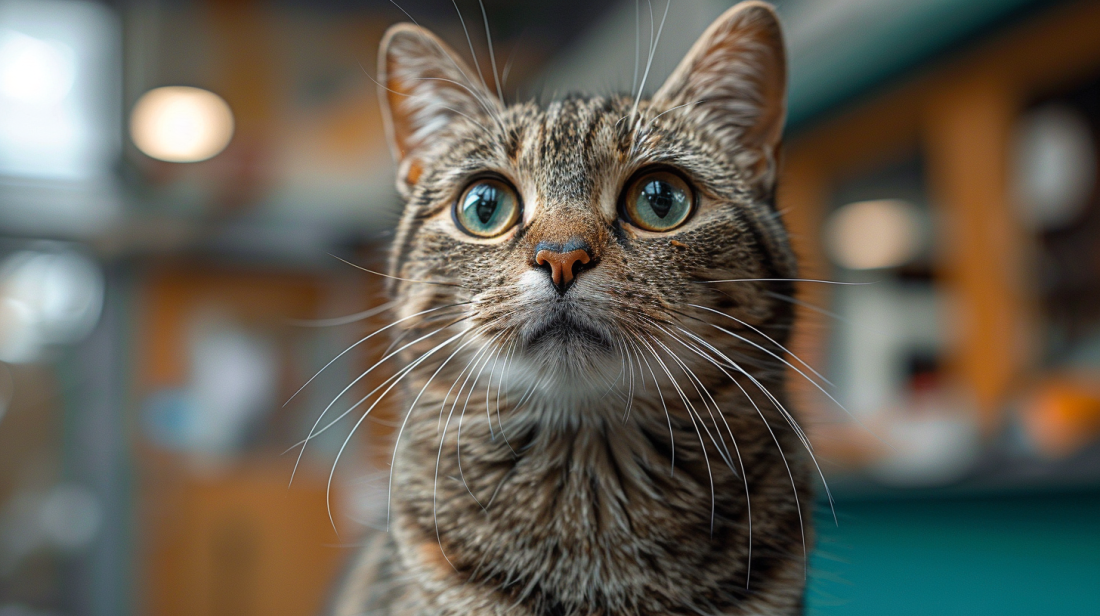
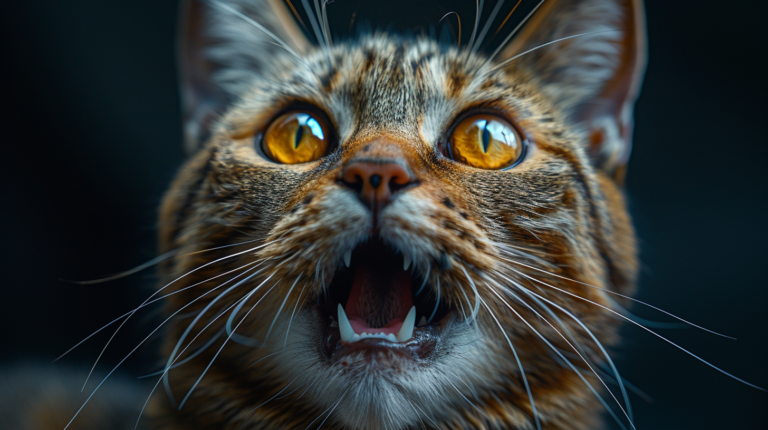
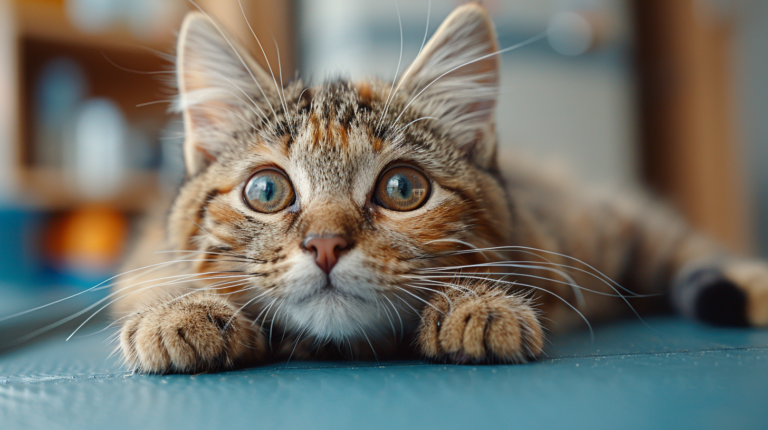
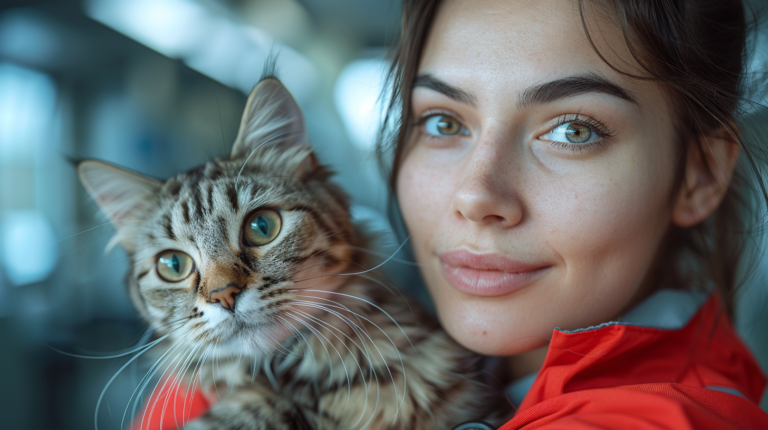
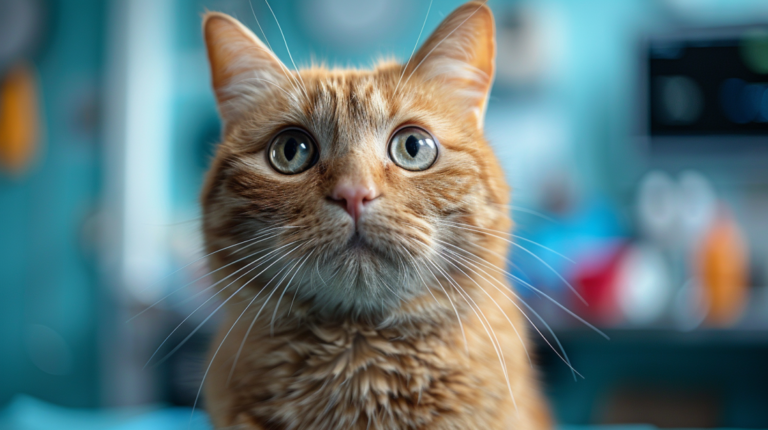
Leave a Reply